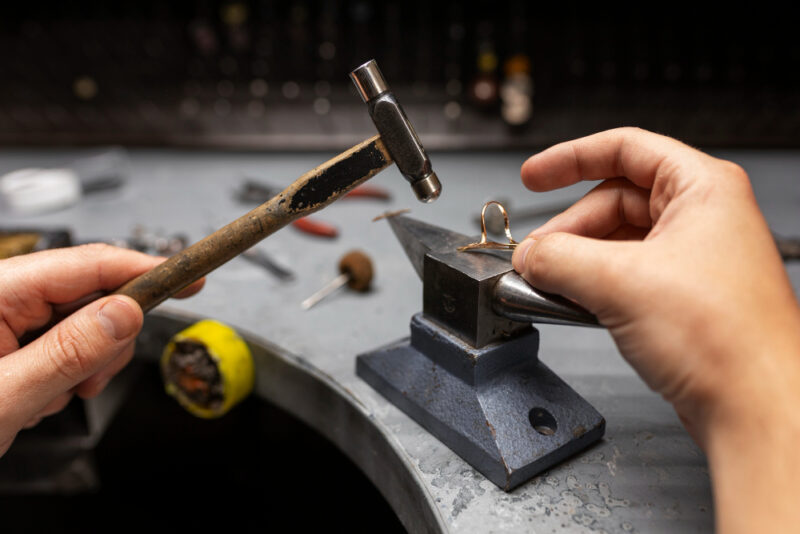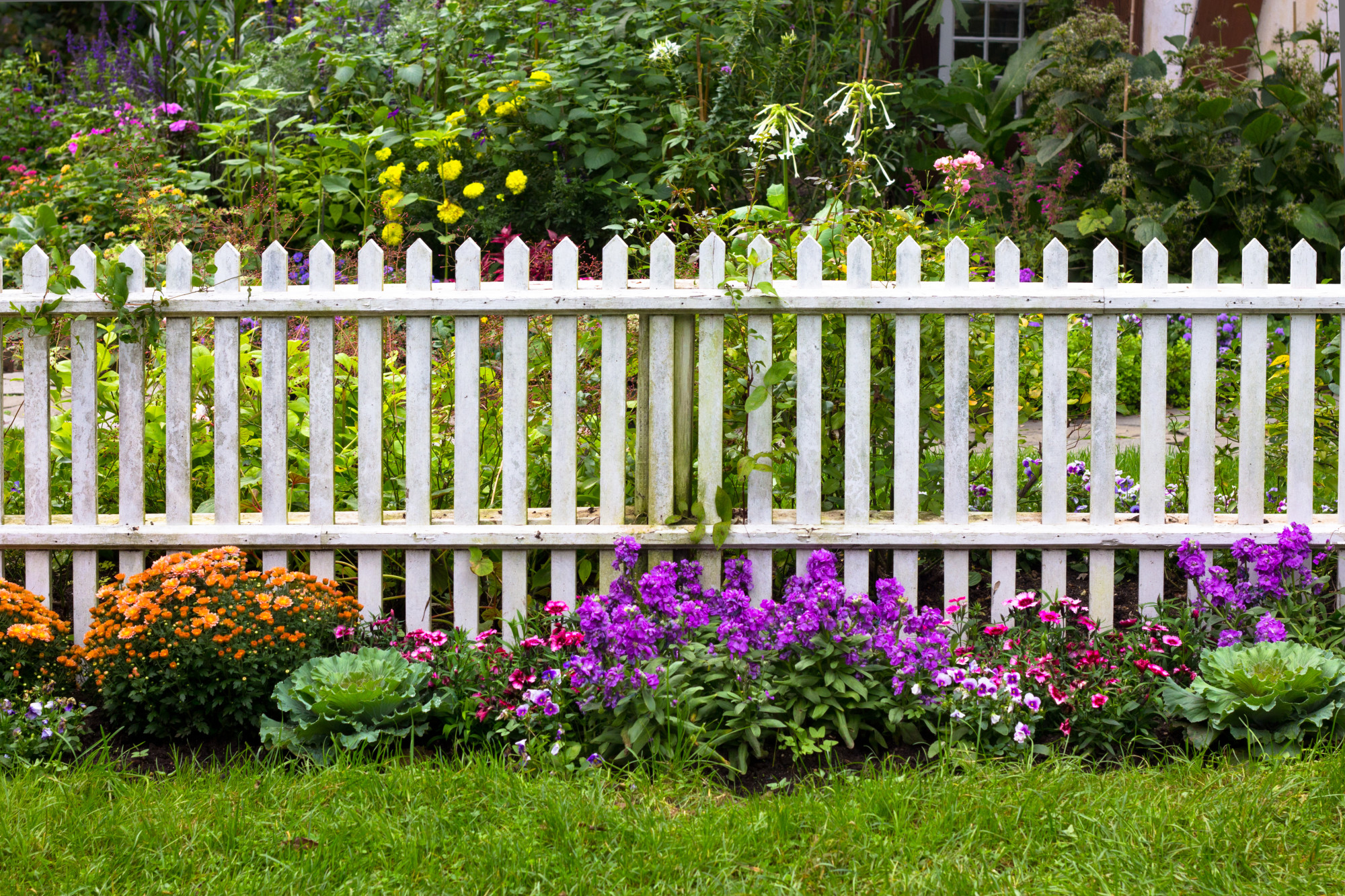Whether you’re a seasoned DIY enthusiast or just starting with your home improvement projects, choosing the right size screws and bolts is crucial for the success and durability of your endeavors. From hanging shelves to assembling furniture, selecting the correct screw size can make all the difference. This guide will walk you through the essential factors to consider when choosing the perfect screw size for your project.
Understanding Screw Sizing
Before delving into the specifics, it’s essential to understand how screws are sized. Unlike nails, which are measured by length, screws are measured by both length and diameter. The length is typically indicated in inches or millimeters, while a number or a fractional measurement denotes the diameter. For instance, a screw labeled as “8-32” means it has an 8-gauge diameter and 32 threads per inch.
Assessing Material Thickness
One of the primary considerations when selecting a screw size is the thickness of the materials you’re joining. Using fastening screws that are too short may not provide sufficient grip, while overly long screws can damage the material or protrude on the other side. Measure the combined thickness of the materials you’re fastening to determine the appropriate screw length.
Matching Screw Diameter to Pilot Hole Size
Creating a pilot hole is essential, especially when working with hardwoods or dense materials. The diameter of the pilot hole should match the root diameter of the screw, which is the portion without threads. A properly sized pilot hole ensures that the screw enters smoothly and reduces the risk of splitting the wood or stripping the threads.
Considering Load-Bearing Capacity
The intended load or weight that the screw will bear is another crucial factor to consider. For heavy-duty applications or structural projects, opt for screws with thicker diameters and longer lengths to ensure adequate strength and stability. Conversely, lighter loads may only require smaller screws to securely hold the materials together.
Choosing the Right Head Type
Screws come in various head types, each suited for different applications. Common head types include flathead, Phillips, and hexagonal (hex) heads. Select a head type based on accessibility, tool availability, and the desired aesthetic. Additionally, consider whether you need a countersunk or raised head, depending on whether you want the screw head to sit flush with the surface or remain visible.
Factoring in Environmental Conditions
If your project involves outdoor or high-moisture environments, it’s essential to choose screws that are resistant to corrosion and rust. Stainless steel fastening bolts and screws are highly recommended for such applications due to their durability and ability to withstand harsh weather conditions. For indoor projects, standard steel screws may suffice, but consider factors like humidity and temperature fluctuations.
Consulting Screw Size Charts
For novice DIYers or those unfamiliar with screw sizing conventions, referring to screw size charts can be immensely helpful. These charts provide detailed information about screw dimensions, including length, diameter, and thread count, making it easier to select the appropriate screw for your specific needs. Many hardware stores and online resources offer comprehensive screw size charts for reference.
Testing and Prototyping
Before committing to a particular screw size for your project, consider conducting a test or prototype using different screw sizes and configurations. This allows you to assess the suitability of each option and make any necessary adjustments before final assembly. Testing also provides valuable insight into the performance of the screws under real-world conditions.
In conclusion, choosing the right size screws and bolts is a fundamental aspect of any DIY or construction project. By considering factors such as material thickness, load-bearing capacity, head type, and environmental conditions, you can ensure that your projects are structurally sound, visually appealing, and long-lasting. Whether you’re hanging a picture frame or building a deck, selecting the perfect screw size is a critical step toward achieving professional results. With the guidance provided in this post, you’ll be well-equipped to tackle any type of project with confidence and precision.









